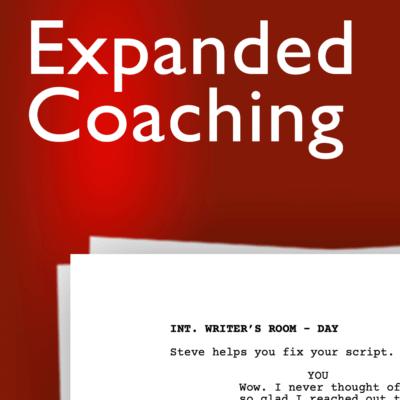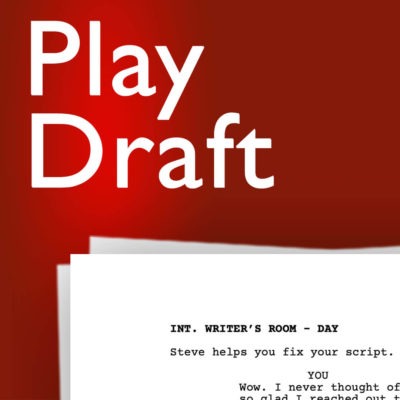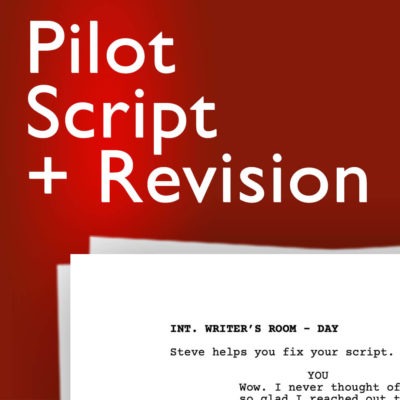
“Any particular tips for approaching sketch writing? In particular, any advice for coming up with strong endings?
Endings for sketches are tough– that’s why Python used to simply skip to another sketch or make a joke about the fact that the sketch had no ending.
But approaching sketch writing is simply coming up with a clever premise– tied to a comic idea– and then taking that premise to its logical, illogical conclusion. Many of the feature premises that people came up with [in the premise exercise in class] that couldn’t work as full-length narratives might work as three to seven minute sketches.
A comic idea is simply focusing on who and/or what you’re poking fun at. Even if you’re poking fun at ridiculous and pretentious restaurants– as in the Mr. Show sketch we discussed in my seminar– you still have to also draw the comedy from the Non-Hero struggling with that problem.
I can offer a couple of approaches to ending sketches: One way is that you can end a sketch by suggesting that the protagonist has finally solved his or her problem, only to discover that, instead, the problem has intensified or worsened.
The other way is to create the worst possible outcome, and then have a character declare that the worst is the best. After the worst audition in “The Producers,” Zero Mostel turns to Gene Wilder and declares, “That’s our Hitler!” This same ending was paid homage (i.e.stolen) in an early SNL sketch featuring Peter Cook. In the sketch, Cook is a director who’s been hired by a maximum security prison in Utah to produce and direct a play using inmates as actors. His choice of play? The musical “Gigi.” After a series of wildly inappropriate auditions, convicted murderer John Belushi walks in, sings a swinging version of “That’s Life,” and then tries to kill Peter Cook. As Belushi is dragged off, Cook turns to the warden and declares, “That’s our Gigi!”





